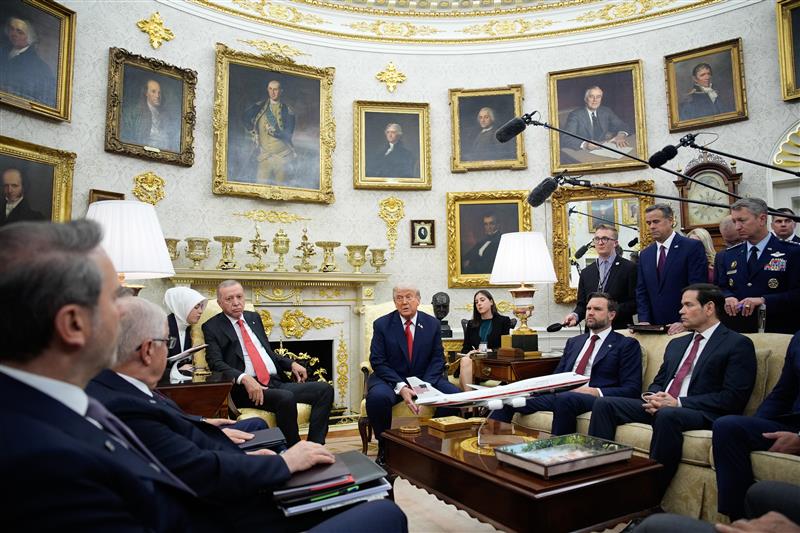Can Energy Deals and Trade Really Reset US–Türkiye Relations?
Short answer: They might—if today’s headlines turn into steel-in-the-ground projects and predictable rules. Here’s the story, framed by the Atlantic Council’s latest analysis, plus the questions that matter next. Source
Washington and Ankara are testing a quieter reset built not on speeches, but on infrastructure and contracts. In early October, the Atlantic Council highlighted two anchors: a civil nuclear cooperation understanding and major U.S. LNG arrangements signed by Türkiye’s state energy company BOTAŞ, alongside broader LNG contracts totaling ~15 bcmwith multiple suppliers. The logic is straightforward: diversify away from Russian molecules, lock in long-term supply, and use Türkiye’s geography to move energy to Europe and the Mediterranean.

What’s actually new here?
A pivot from crisis management to geo-economics. The piece argues the U.S. is pressing allies to curb energy ties with Russia while expanding pragmatic cooperation with Türkiye—civil nuclear, LNG, storage, and transit. For Ankara, that’s leverage: more suppliers mean better pricing, stronger bargaining power, and a clearer path to its oft-stated “energy hub” ambition
Why is this moment different?
Because Washington and Ankara aren’t just talking politics—they’re signing civil nuclear understandings and long-term US LNG arrangements while expanding Türkiye’s role as a transit hub. That shifts the relationship from crisis management to geo-economics—pipelines, regas, storage, and contracts.
How much can Türkiye really reduce Russian dependence?
Meaningfully, not totally. From now through 2028, Türkiye could replace up to about a third of the Russian gas it purchased in 2024 with new sources, especially as a 25-year, 16 bcm/year Russian contract approaches its 2026 expiry. That dents Moscow’s position without eliminating it; pipeline oil and gas still matter in the near term. Diversification is a trajectory, not a switch
Who stands to gain first?
Türkiye: pricing leverage and transit revenues if LNG volumes and nuclear cooperation move from paper to projects.
United States: multi-year LNG offtake and service opportunities tied to regas, storage, and nuclear-adjacent technologies.
Europe: more diversified supply via the Southern Corridor, incrementally shrinking Russian leverage.
Where does geopolitics intrude?
Everywhere the pipes might run. The analysis flags risk across the South Caucasus, Iraq, Syria, and Libya—places where security, insurance, and financing costs can slip schedules by quarters, not weeks. Add price volatility and FX swings, and contracts must be built to survive turbulence. Expect progress to be stepwise, not cinematic. Source
Is this a real reset or just better optics?
The test is execution. Memoranda and signings matter only if they yield on-time terminals, capacity, and flows. If they do, the relationship becomes more predictable and commercial—and less hostage to political spikes. If they don’t, today’s momentum will read as another false dawn.
What should policymakers and businesses watch next?
Construction and commissioning: Are LNG and nuclear timelines holding? Are offtake and financing locked?
Transit reliability: Are cross-border corridors protected diplomatically and physically?
Contract design: Do deals price in FX and spot-market shocks?
Market share shifts: As contracts roll off in 2026, does Russia’s share bend down as planned—or snap back?
This is not a grand bargain; it’s a practical bargain. If the civil nuclear track and LNG diversification deliver, U.S.–Türkiye ties will rest on steel-in-the-ground assets and longer-horizon contracts—foundations that outlast news cycles and temper political swings. In a region where energy maps often write the headlines, that’s how you redraw the page.
